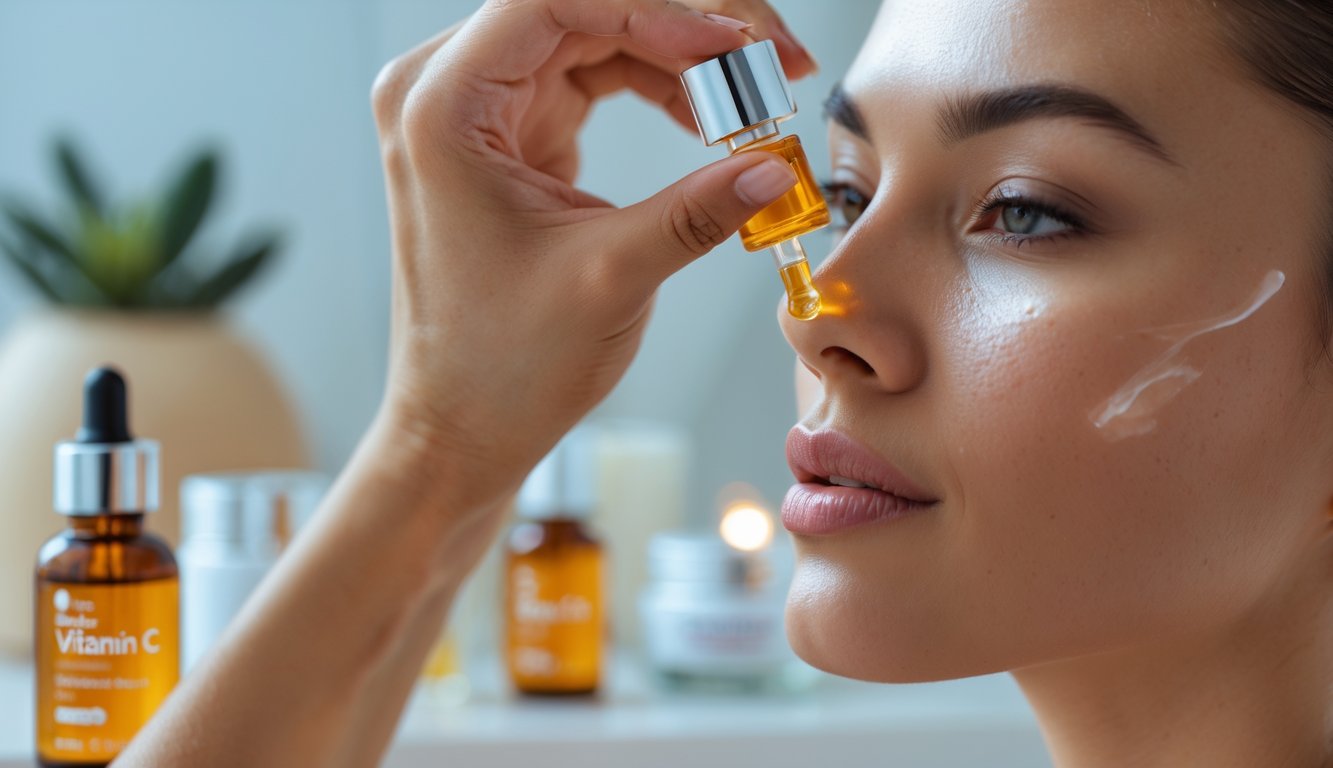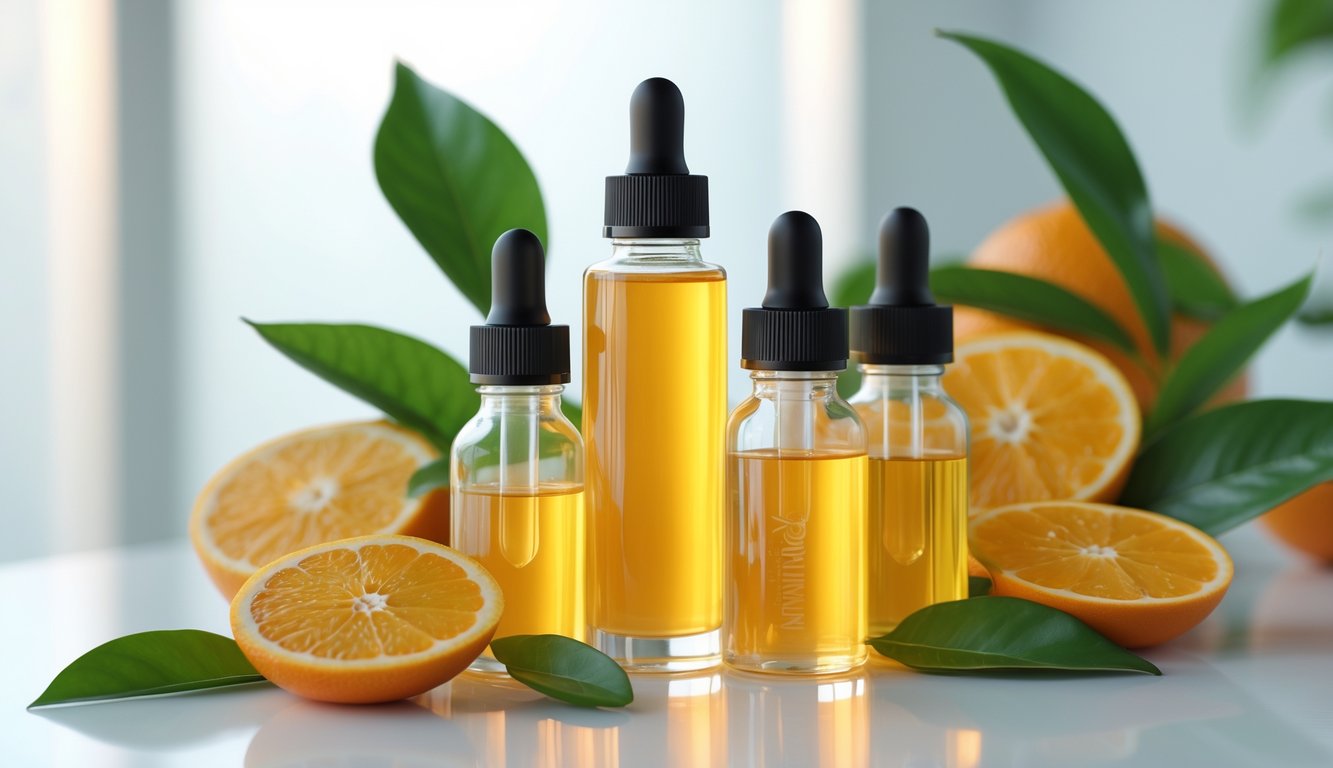Vitamin C Serums Finally Getting Results Doctors Stand Behind
How to Use Vitamin C Serums for Maximum Results

Why is skincare so complicated? I slap on vitamin C serum and immediately wonder if I’ve wasted $40 because apparently, the order matters, and you can’t just mix it with whatever you want. Science says so. Or maybe it’s just skincare Twitter. No shortcuts. Sometimes the results are so subtle I think I’m making it up.
Best Application Practices
Supposedly, you’re supposed to use vitamin C in the morning. I do, mostly because I’m terrified of doing it wrong. One pump, sometimes two if I’m feeling wild, straight onto clean, slightly damp skin. I can already feel the imaginary sting from “pure” ascorbic acid. If you’ve got a dropper, don’t let it touch your face. The thought of bacteria freaks me out. Dr. Shereene Idriss once ranted in an interview about people slathering on too much—thin layer is enough. I only remember that after my face gets sticky.
Storage? Vitamin C oxidizes faster than, I don’t know, avocado. I keep mine sealed, out of the sun, sometimes in the fridge. Studies say it loses almost 30% potency at room temp in a few weeks. My friend left hers on a windowsill, it turned brown, she insisted it still worked. It didn’t. Sorry, Anna.
Where It Fits in Your Skincare Routine
I still don’t know where vitamin C serum goes. I’ve seen a million charts. Dermatologists say after cleansing, before anything else. The molecule’s picky. If you put moisturizer first, you’re just wasting your money. If I use toner, I wait for my skin to dry—mostly because I read that somewhere and now I’m scared not to.
I never put vitamin C on broken or irritated skin anymore. It burns and the redness hangs around. Instant brightening? Yeah, right. One study (Journal of Cosmetic Dermatology, 2022) says you’ll see dark spots fade after 12 weeks. So, patience. SPF goes on last. I checked with the Skin Cancer Foundation. UV ruins everything you did overnight.
Pairing with Other Skin-Care Products
Ever mix retinol and vitamin C? Don’t. My skin staged a protest. Experts say vitamin C works best with peptides and hyaluronic acid. Hydrating, not a recipe for disaster. I avoid layering with strong acids—Dr. Corey Hartman calls it “an open invitation to sensitivity.” No thanks.
I tried waiting 20 minutes between actives because some influencer told me to, but who has time? I’ll do vitamin C, then peptides, then plain moisturizer. If your skin is moody, unscented stuff is safest. An aesthetician told me not to bother spending big bucks unless the formula’s stabilized—look for ascorbic acid, magnesium ascorbyl phosphate, or SAP on the label. Otherwise, it’s just a citrus-scented placebo.
Peptides don’t get enough love. I put them before moisturizer, vitamin C in the morning, retinol at night when I remember (almost never), and I avoid mixing high-dose niacinamide because it pills and then I’m mad. Learned that one the expensive way.
Top Dermatologist-Recommended Vitamin C Serums

I’ve spent way too much time in pharmacies, reading labels, half-believing every “brightening” claim, half rolling my eyes at the prices. Nobody tells you that testing vitamin C serums means weeks of sticky cheeks and wondering if your SPF is even working. Dermatologists never agree on eye cream, but they all seem to love the same vitamin C serums, same droppers, same clinical studies (and my own dermatologist’s sighs).
Standout Clinical Formulas
SkinCeuticals C E Ferulic is everywhere. You can’t escape it. Every dermatologist I asked, formally or in passing, quoted the 15% L-ascorbic acid plus ferulic acid blend like it’s gospel. Dr. Saedi told Oprah Daily it’s the gold standard. My patch-test drama says: smoother skin, not too sticky. But the price? If you ignore your bank account, maybe it’s worth it.
Sunday Riley C.E.O. 15% Vitamin C Brightening Serum is always next. Feels more like a moisturizer than a serum, which is weirdly nice. No metallic smell, thank god. Drunk Elephant C-Firma Fresh Day Serum—mixing it is a hassle, I spill half every time, but it’s 15% L-ascorbic acid and dermatologists grudgingly approve. Revision Skincare C+ Correcting Complex? People love it for uneven tone, but honestly, I couldn’t tell if it did anything. Maybe those fancy peptides are working behind the scenes.
And why does nobody talk about how the caps never seal right? If you ever wondered if your serum oxidizes after one bad seal, it does. Trust me.
Affordable Options That Deliver
Affordable doesn’t mean “random drugstore gamble,” but the hype is real. La Roche-Posay 10% Pure Vitamin C Serum—dermatologists love it, and it’s finally showing up in U.S. pharmacies. Ascorbic acid with salicylic acid. My sensitive-skin friends tried it (without asking me) and didn’t flake out, which is rare.
CeraVe Vitamin C Serum eventually won me over, mostly because it’s cheap and has ceramides. No irritation in three weeks, but the pipette clogs and nobody warns you. Timeless Skin Care 20% Vitamin C+E Ferulic Acid Serum? Super cheap, surprisingly stable for 20%. Faded some brown spots, but stings like mad if you shave first.
Paula’s Choice C15 Super Booster—dermatologists in the U.S. always mention it (yes, I checked, boring but true). Even with my allergy to complicated routines, I could add it to moisturizer without drama. Naturium Vitamin C Complex Serum is all over TikTok, less sticky, supposedly gives “glass skin”—whatever that means when you’re sleep-deprived. I keep expecting to wake up orange, but so far, just brighter.



